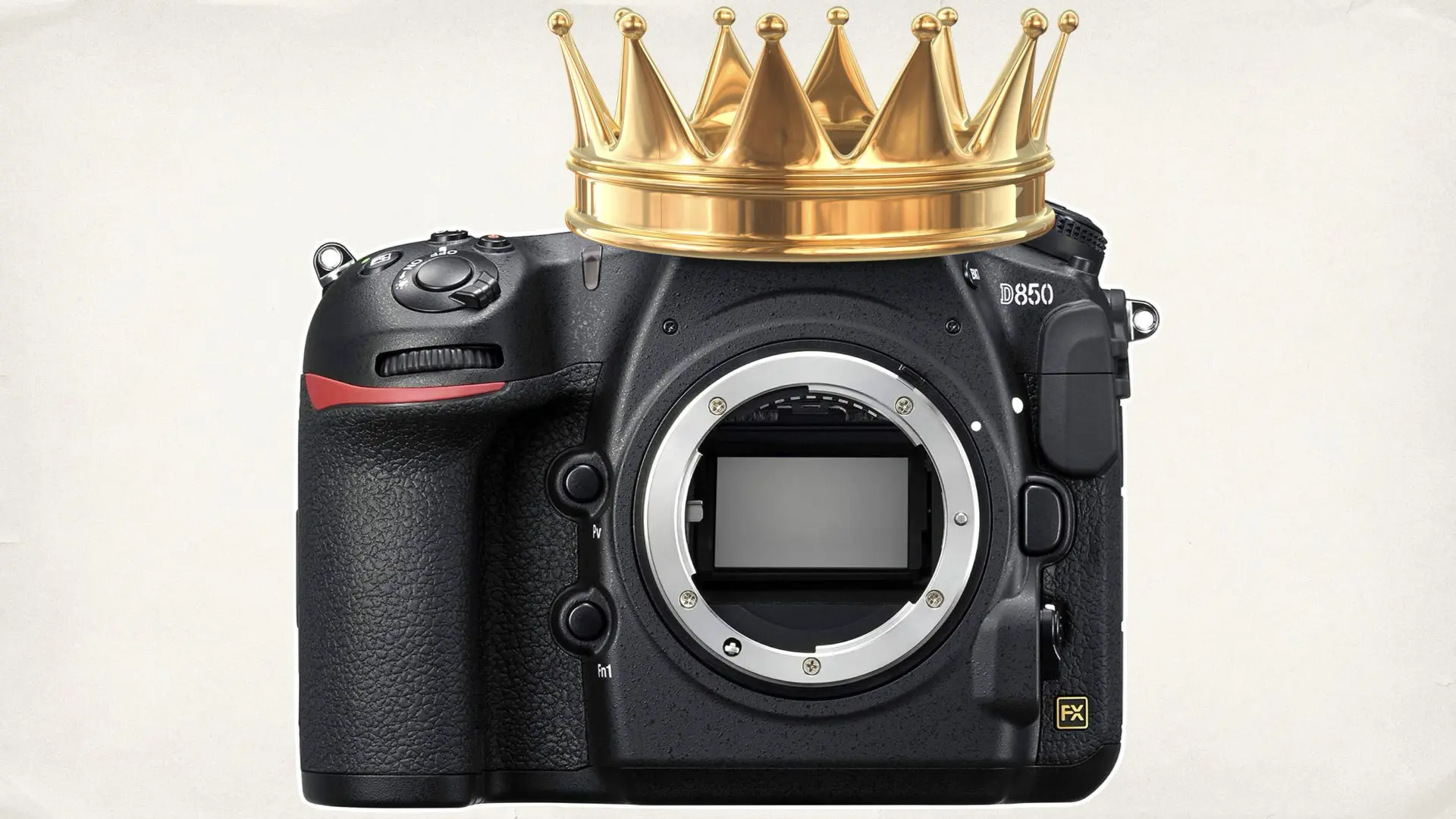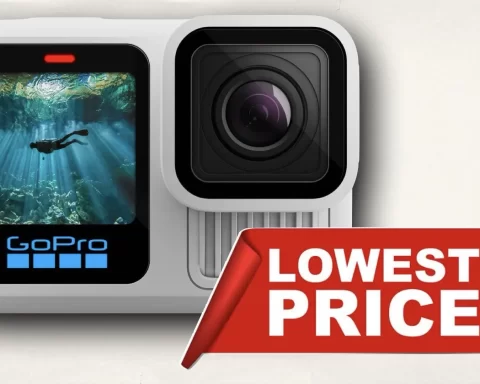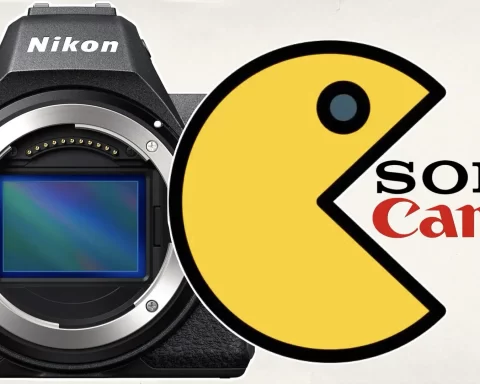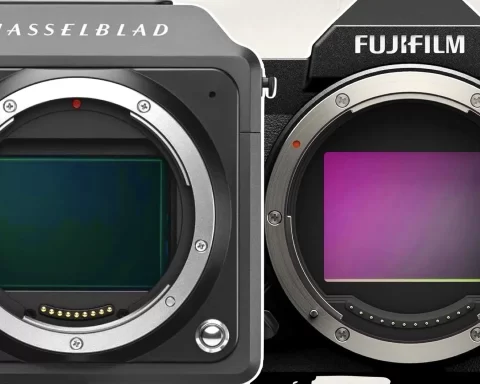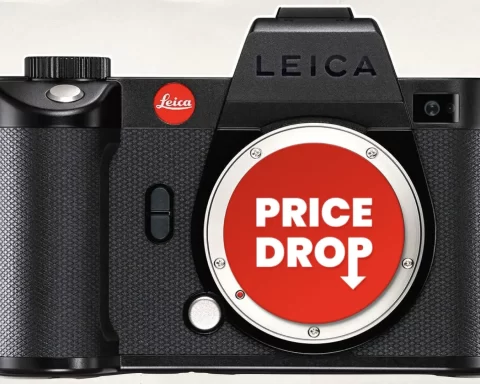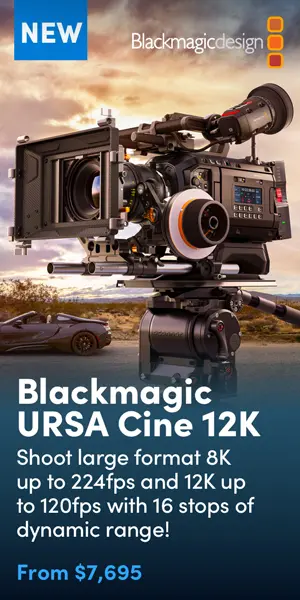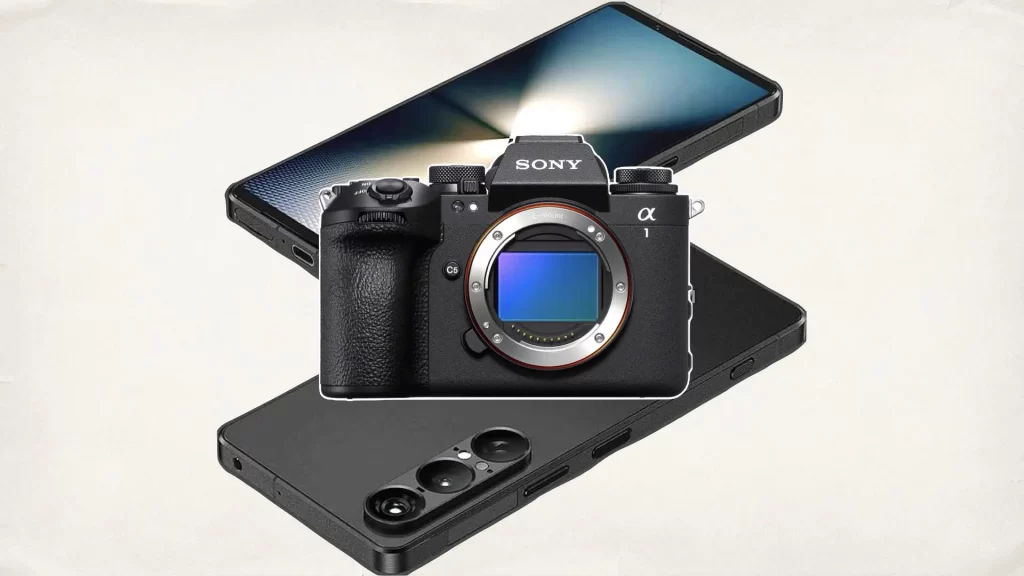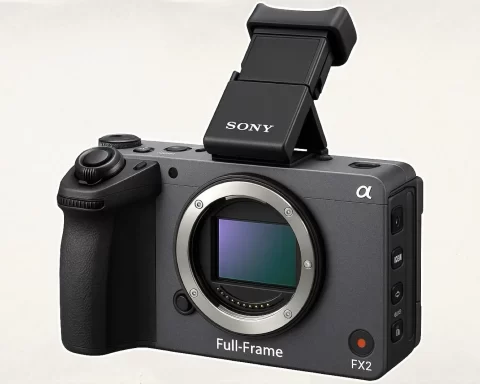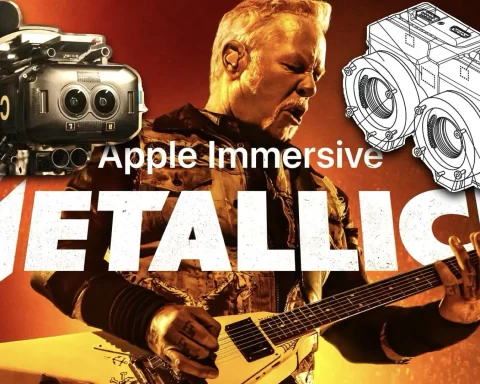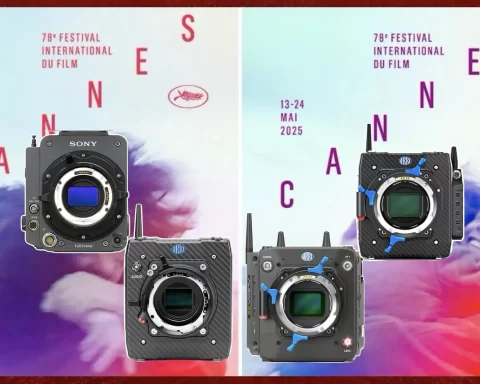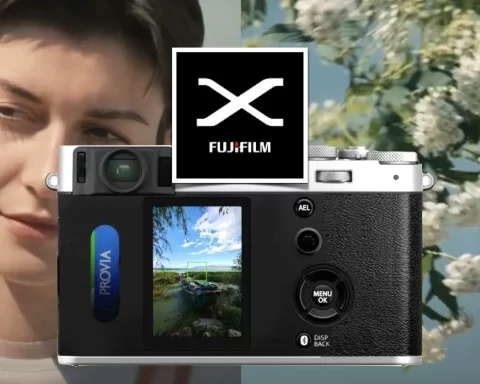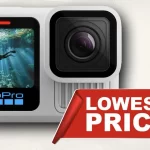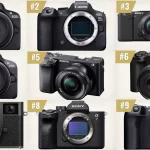In 2025, you might expect the spotlight to belong exclusively to mirrorless cameras, with their compact builds, cutting-edge autofocus systems, and rapid innovation cycles. Yet, the DSLR world isn’t just holding on—it’s thriving in select corners. Case in point: the Nikon D850, a camera first released in 2017, is now officially the best-selling DSLR on Amazon. This isn’t simply a case of outdated tech being discounted into popularity. Instead, it reflects a broader trend—many visual creators are still finding profound value in DSLR design, especially in a camera as masterfully executed as the D850. So what makes this camera, even in 2025, an ongoing favorite?
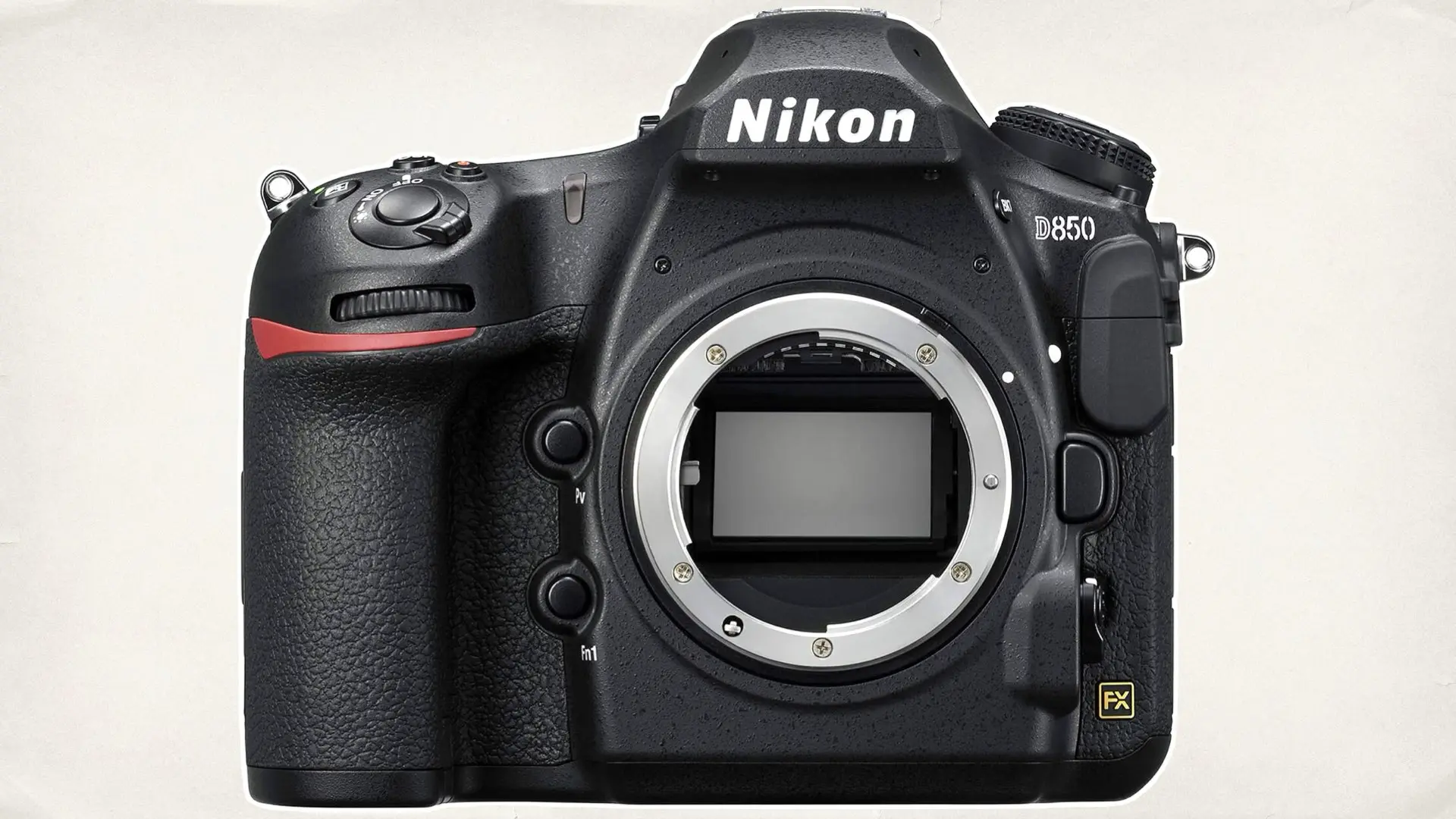
A DSLR That Transcends Its Generation
The Nikon D850 is equipped with a 45.7MP full-frame (FX-format) BSI CMOS sensor, enabling stunning resolution with broad dynamic range and impressive low-light performance. Paired with the EXPEED 5 image processor, the D850 delivers not only raw resolving power but also speed—capturing up to 7 frames per second with full autofocus and exposure tracking, or up to 9 fps with a battery grip. These specs aren’t just impressive on paper—they reflect a well-rounded camera designed for versatility. From landscape to wildlife, portraiture to product photography, the D850 handles nearly everything you throw at it, all while maintaining the tactile ergonomics and optical clarity DSLRs are beloved for.
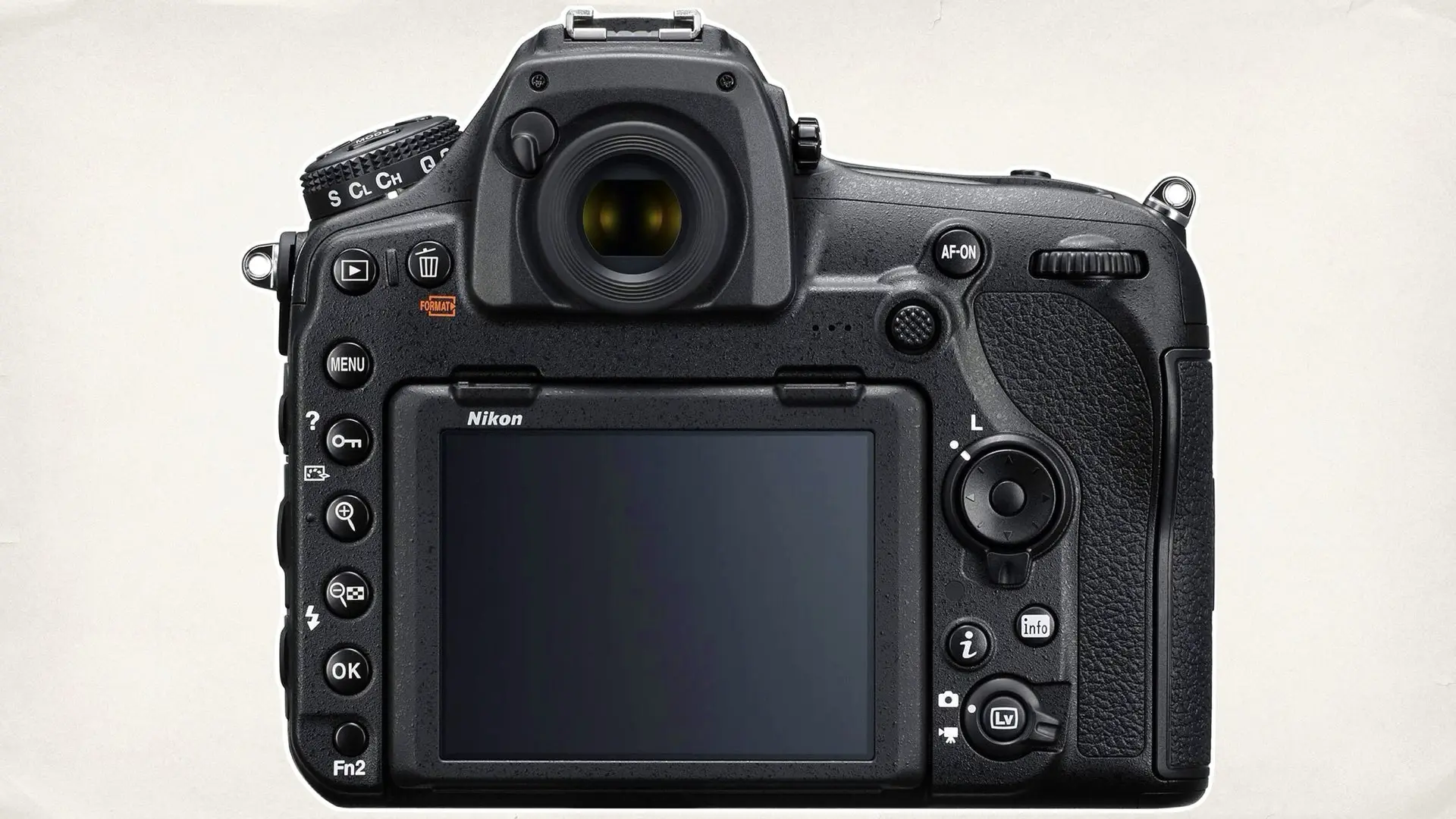
BUY the Nikon D850 on Amazon
Why a DSLR Still Makes Sense in 2025
The resurgence of DSLRs in professional conversation isn’t unique to Nikon. As discussed in The Nikon D6 is Alive and Kicking – Don’t Bury the DSLR Flagship Just Yet, DSLRs offer qualities that mirrorless systems haven’t fully replicated. This includes optical viewfinders with no lag or power drain, improved battery life, and robust build quality—factors that remain crucial for many working professionals. Similarly, in Canon’s DSLR Flagship Still Costs More Than the R1 – Why?, we see that even Canon’s DSLR elite remains in high demand and valued above newer mirrorless siblings. These aren’t relics—they’re still the tools of choice for demanding creators.
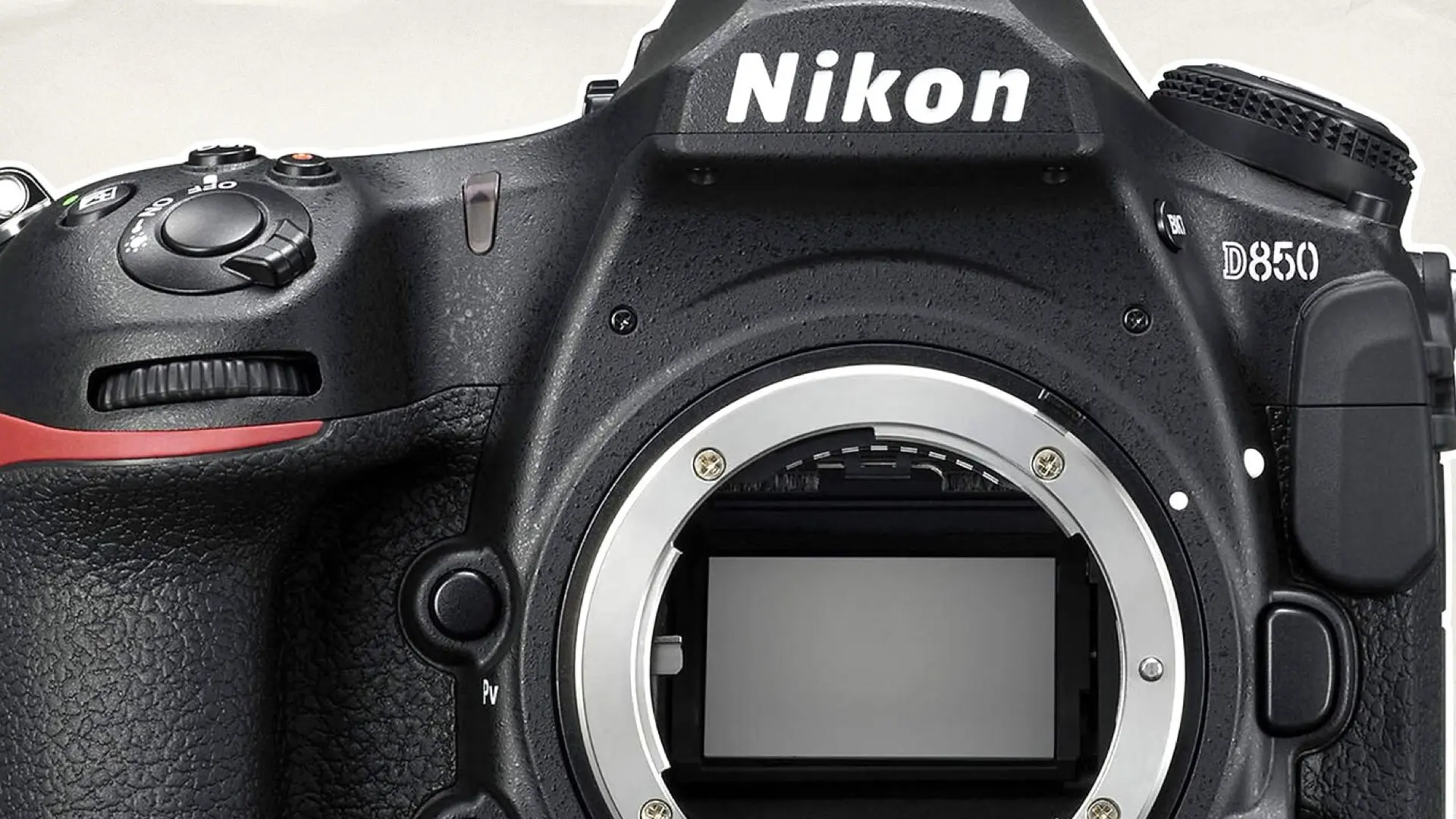
Key Features That Keep the D850 Competitive
Let’s break down the standout features that allow the Nikon D850 to thrive, even in a rapidly evolving market:
-
45.7MP BSI CMOS Sensor: Delivers exceptional detail with no optical low-pass filter, optimized for landscape, studio, and commercial photography.
-
EXPEED 5 Processor: Enables high-speed shooting, fast processing, and excellent noise handling.
-
3.2-inch Tilting Touchscreen LCD: A 2.36-million dot display that supports touch focus, playback, and navigation.
-
4K UHD Video at 30 fps: No crop. Captures full-sensor 4K, still a rare and coveted feature for hybrid shooters.
-
153-Point Multi-CAM 20K Autofocus System: Incredibly dense and accurate AF performance, great for action, wildlife, and sports.
-
Native ISO 64–25,600 (Expandable to 32–102,400): Low native ISO makes it ideal for studio work and long exposures.
-
8K Time-Lapse Mode: Unique at the time of release, and still impressive for time-lapse professionals.
-
Negative Digitizer Mode: A niche but powerful feature for film photographers archiving negatives.
-
Focus Shift Mode: Facilitates focus stacking directly in-camera, excellent for macro and product photography.
-
SnapBridge Bluetooth and Wi-Fi: Ensures seamless image transfers and remote shooting capabilities.
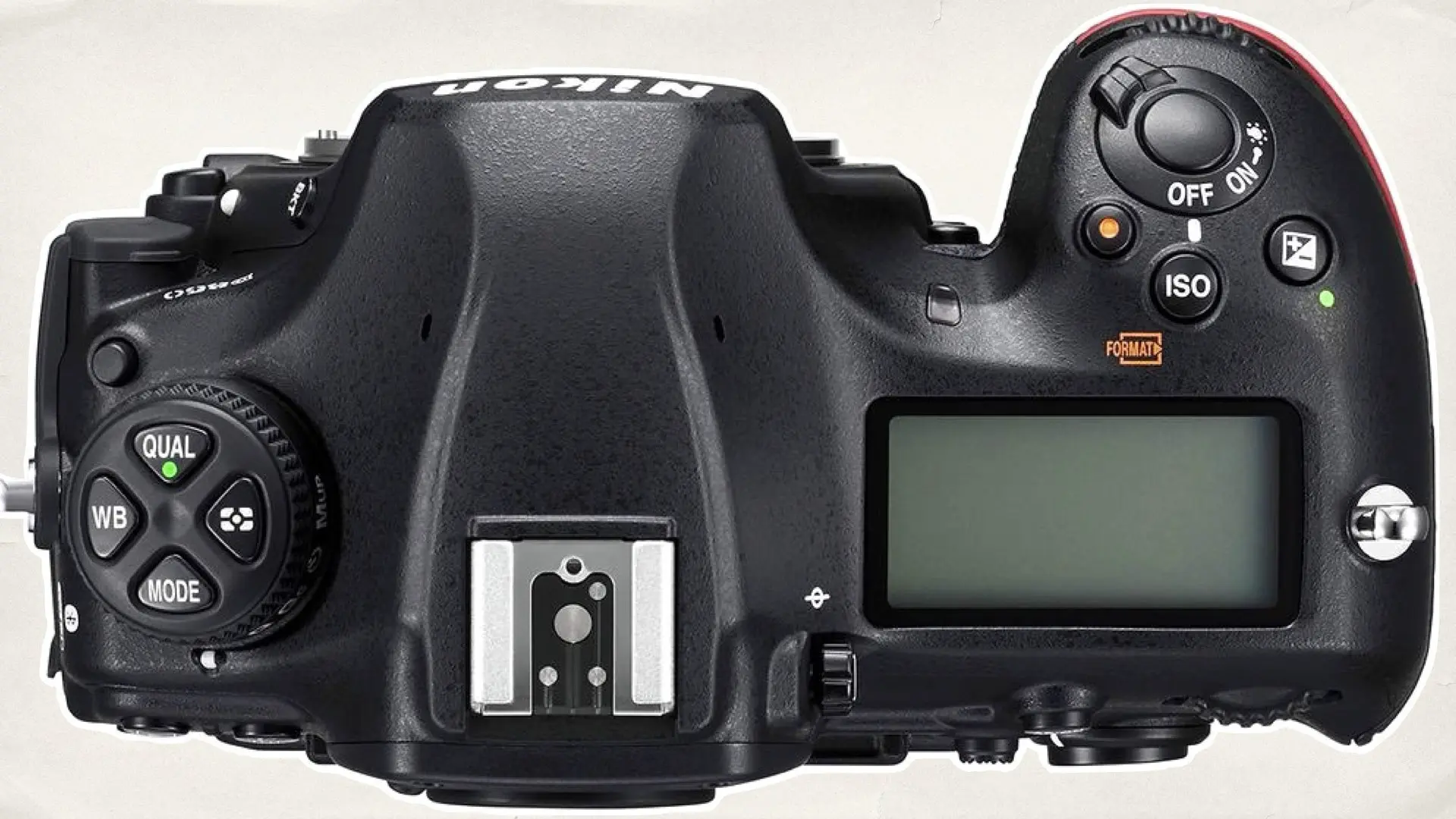
DSLR Ergonomics and Optical Clarity
Mirrorless systems have come a long way in replicating DSLR-style grip and handling, but many professionals still find DSLR ergonomics more balanced—especially with telephoto lenses. The optical viewfinder in the D850 offers a direct, unfiltered view of reality, something that electronic viewfinders (EVFs), despite significant progress, can’t entirely duplicate. For long shooting sessions, optical viewfinders are easier on the eyes, and battery performance is substantially better, with the D850 often surpassing 1,800 shots per charge (CIPA-rated) compared to several hundred in most mirrorless bodies.
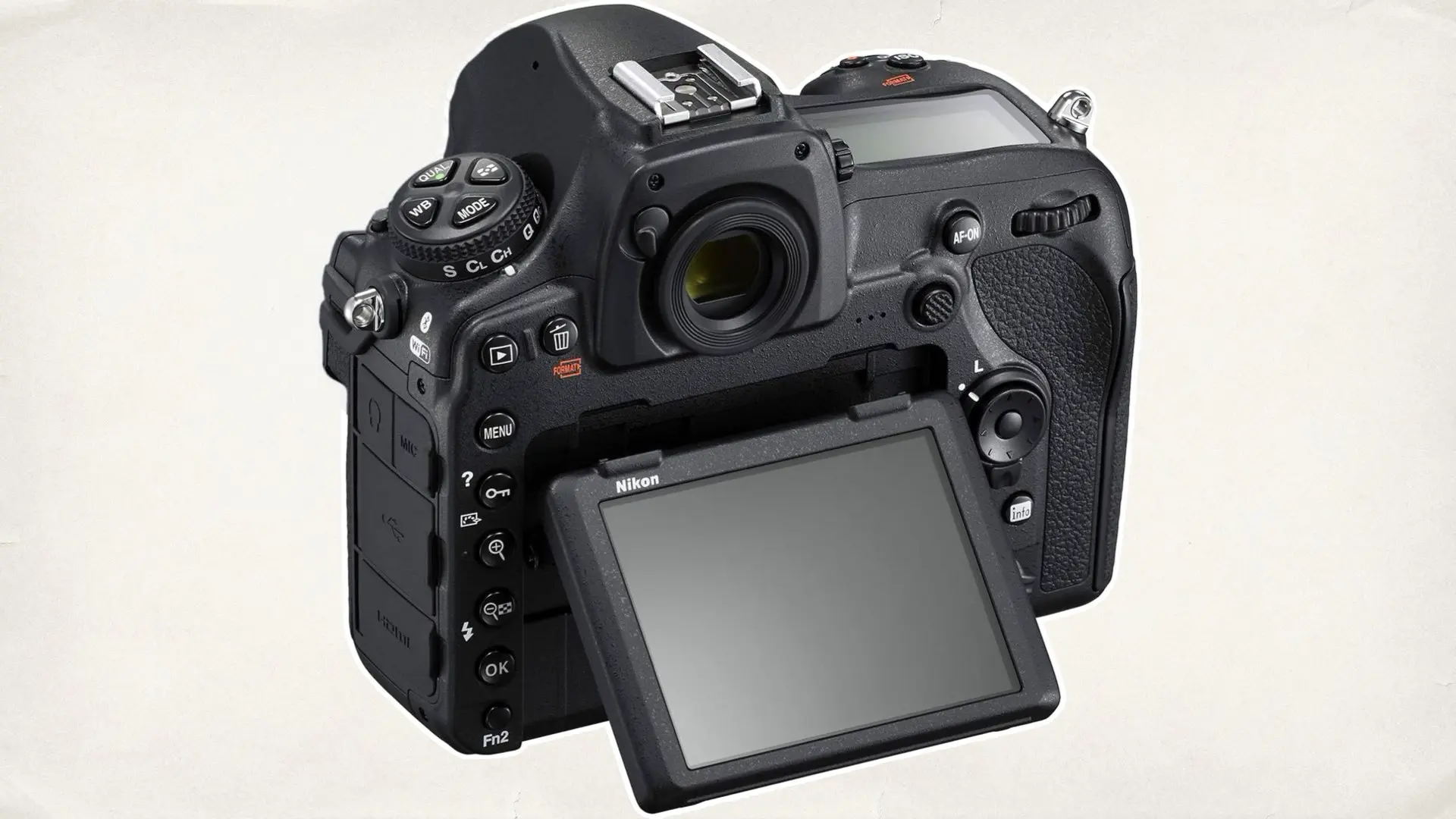
BUY the Nikon D850 on Amazon
Video Capabilities in a DSLR Body
Even though DSLRs aren’t known for video, the D850 defies that expectation. Its ability to shoot uncropped 4K from a full-frame sensor, along with advanced time-lapse tools and flat picture profiles, makes it surprisingly capable for video creators. While it may not offer features like IBIS (in-body image stabilization) or eye-tracking autofocus, its output quality remains competitive when properly rigged or stabilized.
The Verdict: Not Just Surviving—Still Leading
The Nikon D850’s position as the best-selling DSLR on Amazon is a reminder that in photography, “new” doesn’t always mean “better.” It’s about choosing the right tool for your needs. The D850 isn’t a compromise or a relic—it’s a powerhouse that still delivers world-class results. In many ways, its success highlights a broader discussion around camera culture today: perhaps the DSLR wasn’t killed by mirrorless—it just became a more intentional choice.

